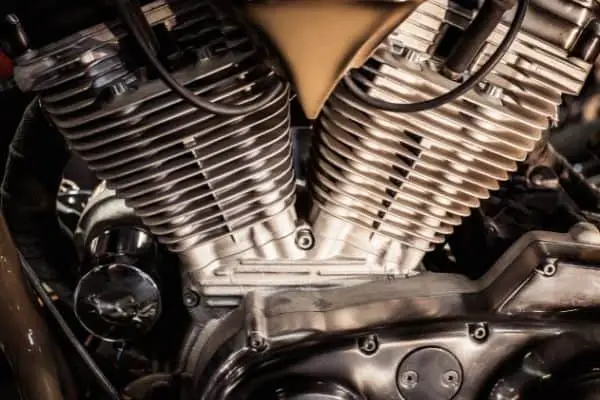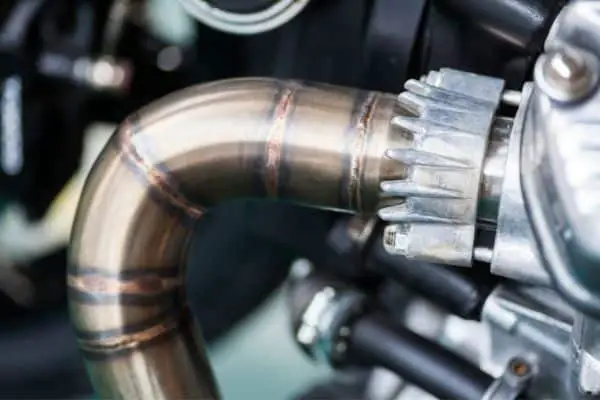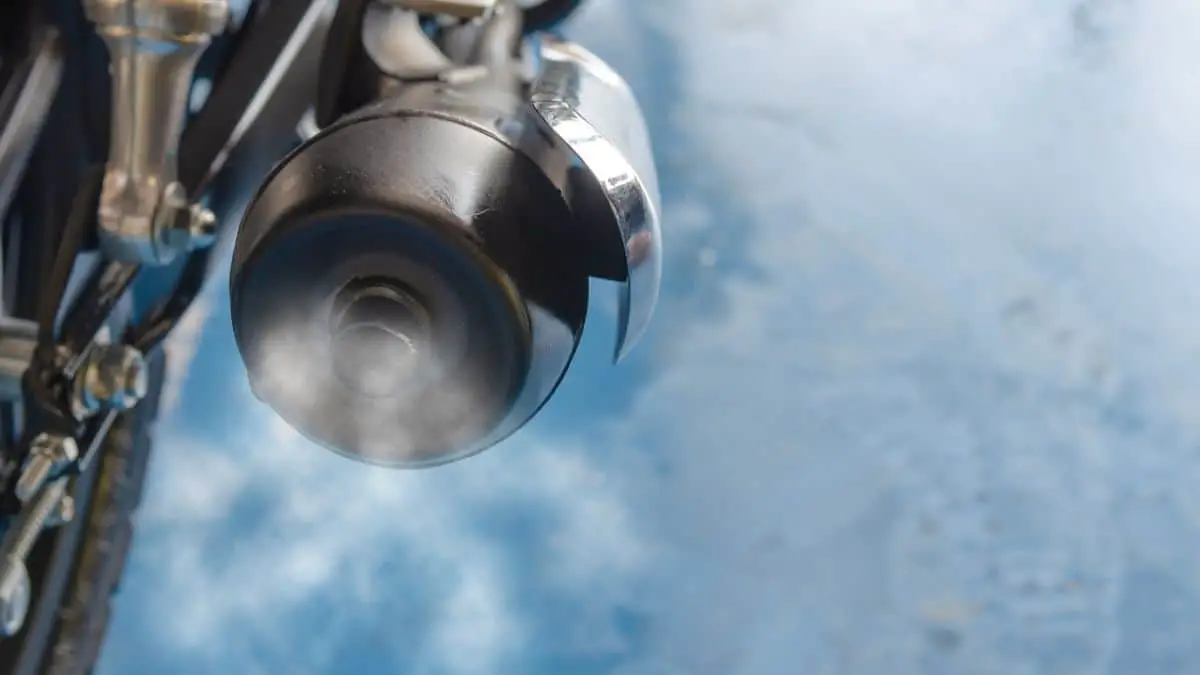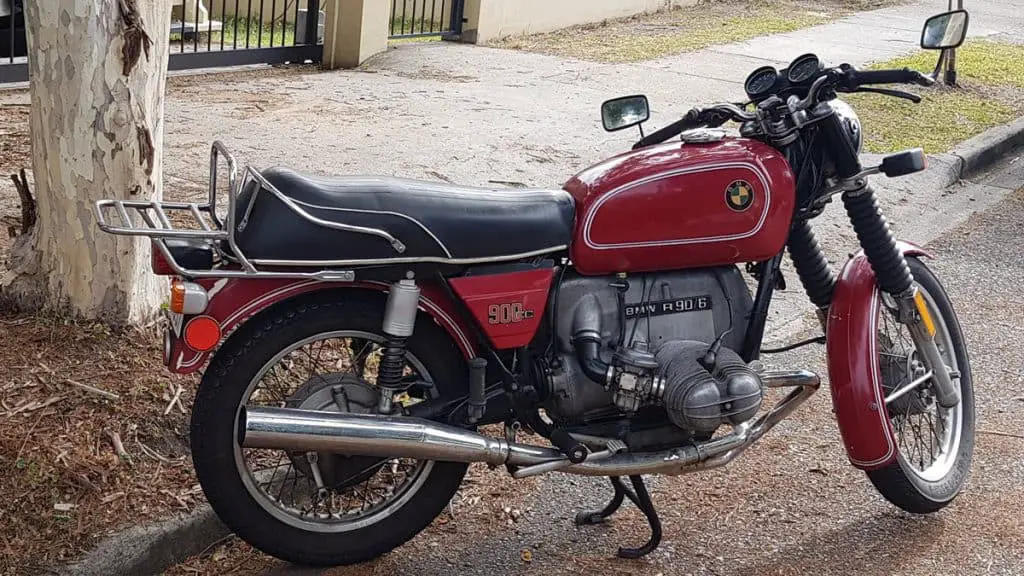The Ultimate Guide to Motorcycle Exhaust Back Pressure
Have you wondered why there’s so much buzz around the exhaust system of motorcycles?
Chances are you came across the term “back pressure” and its role in determining engine performance.
I have seen this term floating around quite a bit. But not many people understand exactly how it affects the overall performance.
Ughh… I hate it when all this technical nitty-gritty spoils the pure joy of riding.
But sometimes it’s really important to learn about these aspects. As they say, the devil is in the details.
The good news is, you need not be old, wise, and wrinkled like Yoda to understand the basics of back pressure.
So, what is motorcycle exhaust back pressure?
As the burnt gases flow out through the exhaust assembly, they face some flow resistance from the components. This causes a rise in pressure in the upstream or the engine end of the system. That’s what the mysterious back pressure really is.
But in reality, it’s not that simple. To make things more complex, there are various myths related to it.
So let’s get busy and learn the simple truth.
What Causes Back Pressure in the Exhaust in a Motorcycle?
In general, the pressure inside the engine cylinder is much higher than the atmospheric pressure. It may be 6-7 times or more, depending on the engine type and design.
Now, gases always flow from high pressure to low pressure. Once the exhaust valve opens, it’s as if a window opened in a house full of raging demons: the gases will naturally exit the engine cylinder through the exhaust pipe.
The backpressure, created from the restrictions in the exhaust assembly, acts in the opposite direction. That means, it resists the flow of the exhaust gases. Generally, the muffler is one component of the exhaust assembly that causes the maximum rise in back pressure.

Note, the main purpose of the exhaust assembly is to allow the burnt gases to exit the engine as efficiently as possible. For that, you need a higher pressure differential between the engine chamber and the outside. So high back pressure will lead to poor scavenging of the exhaust gases.
And what’s worse?
This will lead to low fuel economy, increased levels of emissions, and a rise in exhaust temperature. It will also put a higher mechanical load on the engine and reduce its efficiency. If the engine has a turbocharger, its performance will be affected by a high back pressure too.
In reality, all engines have a maximum allowable value of back pressure, specified by the manufacturer. Quite simply, increasing the exhaust back pressure isn’t a good idea at all. But in reality, it can never be eliminated completely.
How Does Exhaust Back Pressure Affect Engine Performance?
Bang!
For the first time, it dawns on you that back pressure is the bad guy out there.
Or is it?
Then why do people say that too little back pressure isn’t good for peak performance?
Admittedly, things get a bit nebulous here.
And when you look into the age-old debate of short exhausts compared to long exhausts, this might get even more complicated.
Is there a hush-hush relationship between back pressure and peak performance?
Well, not exactly.
Basically, back pressure is a function of the length and diameter of the exhaust system. While reducing back pressure is necessary, you also want the exhaust gases to have a minimum velocity.
When the exhaust valve opens a high-speed positive pressure wave exits the cylinder and drags the exhaust gases with it. This wave travels at a certain velocity, they leave a low-pressure zone behind them.
The low pressure helps in creating a suction effect. As a result, evacuating the engine chamber from the burnt gases gets easier. The entire process is termed inertial scavenging.
On one hand, reducing the exhaust diameter will result in high back pressure. If you increase it too much, back pressure reduces, but the gas velocity drops.
For designers, it’s critical to hit the sweet spot while selecting the length and diameter of the exhaust headers and the collector.
Let’s think about it another way…

When the individual header pipes from the engine chambers merge into the collector, the pipe diameter increases.
Now, consider the pressurized exhaust gas traveling through that path. As the cross-sectional area increases, a negative pressure wave is reflected back by the gas. This wave travels back towards the engine exhaust valve.
Designers make sure that this negative wave hits the exhaust valve within a specific rpm range. If it arrives just before the exhaust valve shuts, it assists in pulling out more gases from the engine chamber. That way, the entire scavenging process is improved.
As a result, more fresh charges will be sucked into the engine cylinder from the inlet valve. Obviously, this will help in a better performance of the engine by improving the subsequent combustions.
And thus, the cycle goes on. (But getting the timing perfect to boost the toque isn’t an easy task.)
In essence, when people speak of back pressure increasing the peak power output, they are actually talking about improving the process of scavenging.
What does all this mean?
It all depends on the right ratio between the exhaust tube length and diameter. Unless these dimensions are perfectly matched with the engine, motorcycle exhaust back pressure can choke the engine and affect performance.
When done correctly, the exhaust gas velocity can assist in the process of scavenging and allow the engine to perform better. (If you’re engineering-minded, take a look at the video below.)
So what’s the normal back pressure of the exhaust in a motorcycle?
Honest answer: with so many parameters related to the engine to consider, it’s difficult to recommend a specific value. Best stick to the figure specified by the manufacturer.
Frequently Asked Questions
Is exhaust back pressure needed?
In general, the exhaust system is designed to minimize back pressure. At the same time, the pipe diameter and length are carefully balanced with the engine performance. This is done to generate the right gas flow rate that assists in engine scavenging.
Is more back pressure good or bad?
More back pressure has multiple adverse effects on engine performance. Most importantly, high back pressure leads to poor scavenging, causing a drop in the volumetric efficiency of the engine.
How to add back pressure to exhaust
That can be done by changing the exhaust pipe dimensions. But let me say this straight – don’t disturb the length and diameter ratio of the exhaust pipes. In case you change the exhaust assembly, tuning it with the engine performance is essential.






